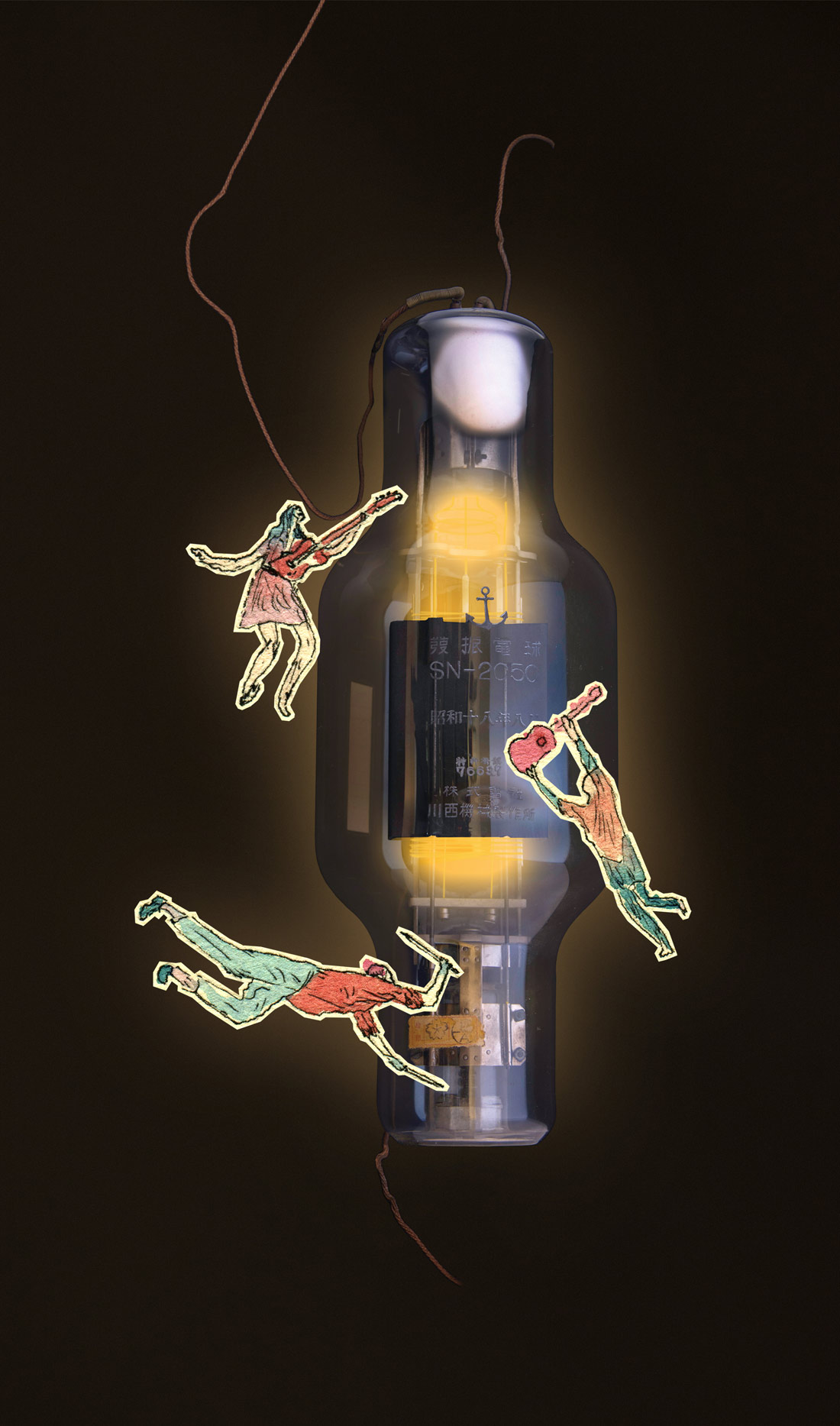Located in Caldwell, Idaho, Revive Audio offers hardware, custom builds, modifications, and repairs. I first encountered Revive Audio a few years ago. They were selling rackmount gear reclaimed from decommissioned consoles. From the workmanship, it was obvious to me that this group was capable of bigger things. I wrote the owner asking when they were going to release their own designs. Well, the time has come.
Sold under Revive's Vintage Audio line, the MSL is a quad- VCA stereo bus compressor that relies on two VCAs per channel. The unit comes in four variants — transformerless, transformers on inputs only, transformers on outputs only, or transformers on both — with transformers sourced from CineMag. Now, as a card-carrying CineMag-fanatic, I wanted to try the loaded unit. However, the manufacturer really wanted me to try the transformerless box, which uses high- performance Burr-Brown input and output stages for a clean path. It turns out having a more transparent sound ended up being more useful across projects. But I'm getting ahead of myself.
The front panel is fashioned from 4 mm thick aluminum, anodized forest green. All lettering is engraved rather than silk-screened. Rotary controls are stepped, except for threshold and gain. Illuminated stereo VU meters display gain reduction, input, or output. There are illuminated buttons for power and true bypass, while two toggle switches allow bypass of compression (but not I/O stages) and one of the detector stages.
Inside, the unit looks as if you contracted an experienced tech to hand-build a compressor. Wiring is top-grade Canare; capacitors are Panasonic, WIMA, and Vishay audiophile- grade; and connectors are Neutrik — the whole nine-yards. The VCA functions are provided by THAT Corporation integrated circuits. While these may not exhibit the same test specifications of hand-built discrete VCA circuits, they are, without exaggeration, a fraction of the price and nearly all of the performance. In fact, the number of professional units that rely on THAT ICs represents a respectable market share. The true bypass is just that, a relay that bridges the signal path from wire in to wire out. The power supply features extra filtering to effectively lower the internal noise floor. This is a very quiet unit in terms of self-noise.
One of my favorite things about the MSL is the detector's sidechain facility. You can bypass the sidechain, patch in an external equalizer (or other processor), or set the built-in high-pass filter from a selection of frequencies — 60, 90, 150, 240, or 440 Hz. Anyone who has tracked instruments such as grand piano will immediately appreciate how high this sidechain's HPF goes. Moreover, trying to use a bus compressor without a filtered sidechain can be a mess. Every bass transient can pump the entire mix. I often settled at the 240 Hz selection on mixes for this reason.
In use, the MSL could be classified loosely in the general style of an SSL bus compressor, but it's not an outright clone. Most of the time, I used it to catch transients — kind of giving a haircut to the audio on the way into my mastering chain. When I work on products that were mixed in home studios, a transparent analog compressor can really clean things up before I get to work. I really appreciate the MSL's dual-VCA detectors; and even though the controls are ganged, there is a true dual-mono path inside. This means stereo width is not sacrificed when using this box. There are several compressors that I choose not to employ because they tighten everything at the expense of the stereo field. Since I didn't opt for the CineMags, the compression bypass (the switch that doesn't remove the I/O stages from the signal chain) was not much use. That's fine. The detector bypass button is another story. Engaging it removes one of the RMS sidechain circuits. This results in a more aggressive sound. In my tests, it was spectacular on drum room mics, and I have to say, I wonder how much better it would be with the transformer option. But most of the time, I used the standard dual-VCA mode. The attack and release switches provide a good bit of control, with auto-release working well on many test tracks. The only time I coaxed a bad sound out of the unit was when I tried to use the gain knob fully open. The mix seemed to build up a lot of 6 kHz nastiness. Of course, I was purposefully trying to abuse the unit. I doubt real-world applications would call for overuse of the makeup gain unless a particular effect was desired.
I honestly don't know how long Vintage Audio can sell gear this well-built at the asking price. Investigate the cost of a discrete quad-VCA compressor, then check out the MSL. Not only is the MSL insanely good for its price, but it's also very flexible, since it can be used on individual tracks, stems, or the mix bus. I recommend you purchase one while it's still available at an introductory price. I would still be using mine if one of the engineers here hadn't "borrowed" it for his own work!




_disp_horizontal_bw.jpg)